Fort William is often described as the outdoor capital of the UK with tourists from all over the world attracted to its dramatic scenery.
This can lead to the population of Lochaber almost tripling in size with up to 60,000 people staying in the region during the peak summer months.
In a new three-part series, we reveal how the hospital prepares for the busy tourist season, as well as the challenges and frustrations medics face working in an ageing building with staff shortages.
We also speak to the frontline staff who’ve been involved in the early stages of planning for a brand new hospital which will be built in the town.
Up to 15,000 patients are treated in the busy Accident and Emergency Department at the Belford Hospital every year.
If you were to divide that figure up by each day of the year it works out at 41 patients a day.
But accidents and emergencies don’t work like that. There’s no predicting when, or how many will happen.
On each shift medics just need to be as prepared as they can for every eventuality coming through their doors.
There are patients coming in with a range of serious illnesses, such as cardiac arrests or epileptic fits.
But staff have also earned a reputation for how well they handle trauma due to the high numbers injured while out climbing, or in mountain bike accidents.
Then there are the critically injured patients taken to the rural hospital with injuries sustained in car accidents on the winding rural roads.
‘Ambulance crews help by giving us time to prepare’
Senior charge nurse Chris Stirrup describes a typical shift in the emergency department as “busy and unexpected”.
“Sometimes the night shifts can be busier than the day shifts,” he says.
“You can come in and have a few patients already in, or you can come in and the ambulance radio has already gone off and there are three ambulances on their way.”
Even at the start of a morning shift, medics can find themselves preparing to take in a patient who has woken up seriously ill or has been involved in an accident.
The rural hospital now operates a minor injury unit dealing with patients in need of help with cuts, strains and sprains.
They can be treated by advanced nurse practitioners which helps free up time for emergency care staff to deal with serious and life-threatening cases.
Chris highlights how A&E staff have good working relationships with ambulance crews who give them pre-alert calls to pass on information about patients.
“Even if they’re on their way out to something they will let us know if they think it’s significant,” he says. “It allows us time to prepare.”
How do staff talk to patients who don’t know English?
Language barriers can often make it more challenging to treat foreign tourists coming into the A&E department and it’s vital staff can communicate with patients.
Dr Sarah Thislie, who’s in her second year of training at the rural hospital, says there are a few different ways to talk to patients who aren’t fluent in English.
“We have sheets in a folder with questions on it in a variety of different languages,” she says.
“We can point to a number and if it has it in English we can point to a corresponding number on a sheet in their language.
“Some patients we get by with using Google Translate to add to whatever English they have but we also have LanguageLine, we can phone up and ask for a translator in their language.
“We have a dual phone set so there’s one phone each; one for the patient and one for us to talk to a translator.”
Rural hospital: ‘Most of our patients are with us for life’
The Belford Hospital, which opened in 1965, also provides a range of surgeries, operating on patients booked in for procedures from across the Highlands.
Operations are planned weeks in advance to help staff keep on top of waiting lists and reduce the number of cancellations.
There’s also a renal unit offering dialysis to patients three days a week.
Senior charge nurse Heather Andrews highlights how important the unit is to residents who, before it was set up 17 years ago, needed to travel to Inverness.
“Most of our patients are with us for life,” she explains. “We build up really nice relationships, they get to know us and we get to know them.”
The unit cares for residents with kidney failure, or renal disease, from Fort Augustus down to Oban, but sometimes also treats patients from overseas.
“We have holiday patients who need to book well in advance,” Heather explains. “We take them from all over the world – they need to book their dialysis before they book their holidays.
“Our patients can go on holiday as well.”
The rural hospital faces similar challenges to other medical facilities across the UK.
It’s often difficult to find homes for elderly patients to move into after they’ve received treatment in hospital due to ongoing pressures on social care.
But recruitment difficulties are a major challenge for the hospital.
Have you been treated at Belford Hospital – either as a local or a visitor on holiday. How did you find it? Let us know in the comments section below or drop us an email at healthandwellbeing@ajl.co.uk
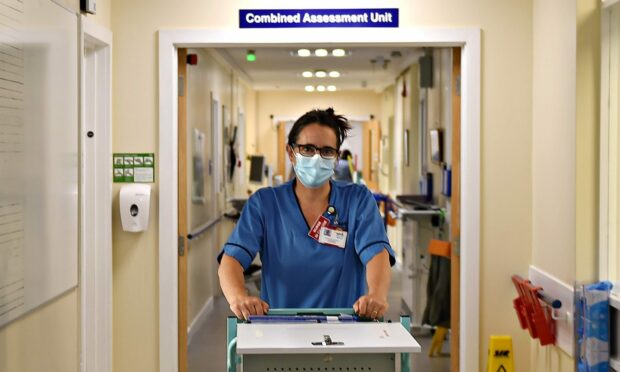
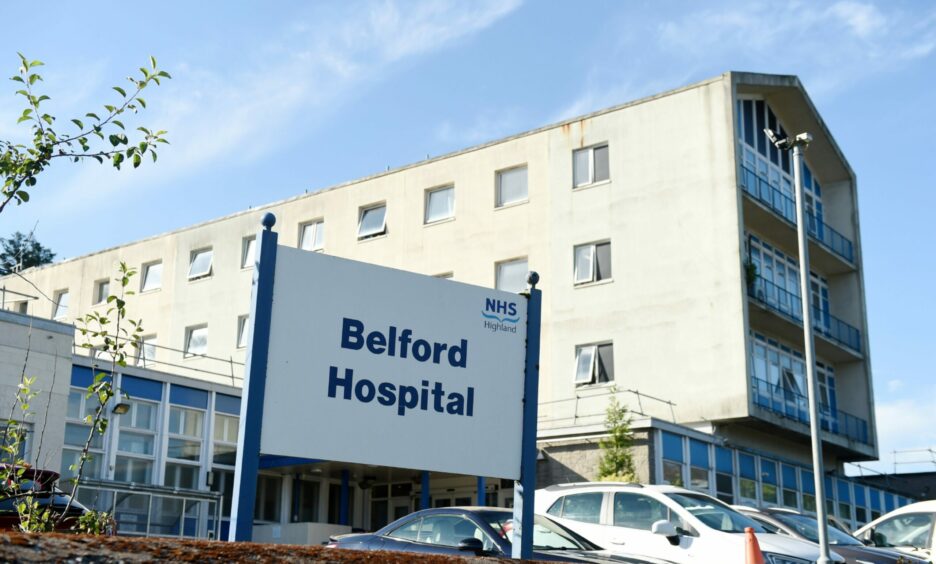

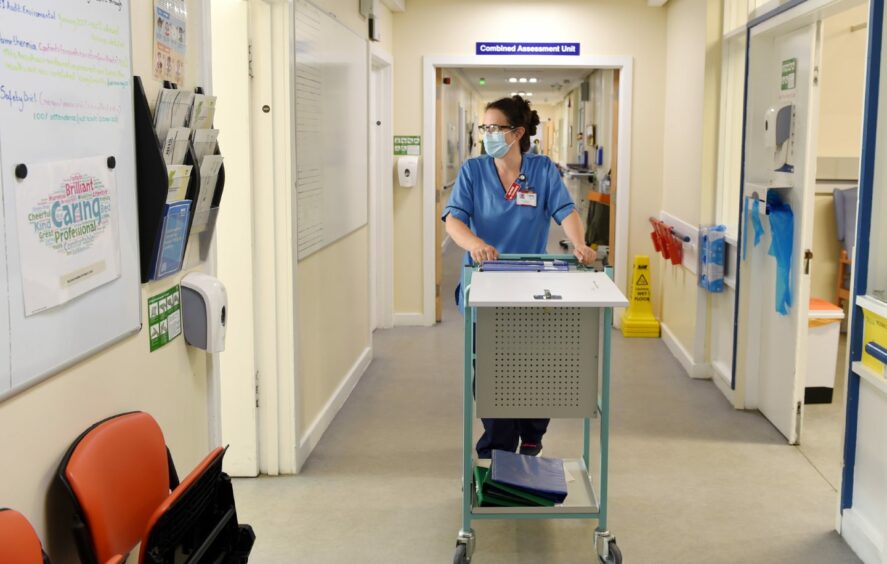
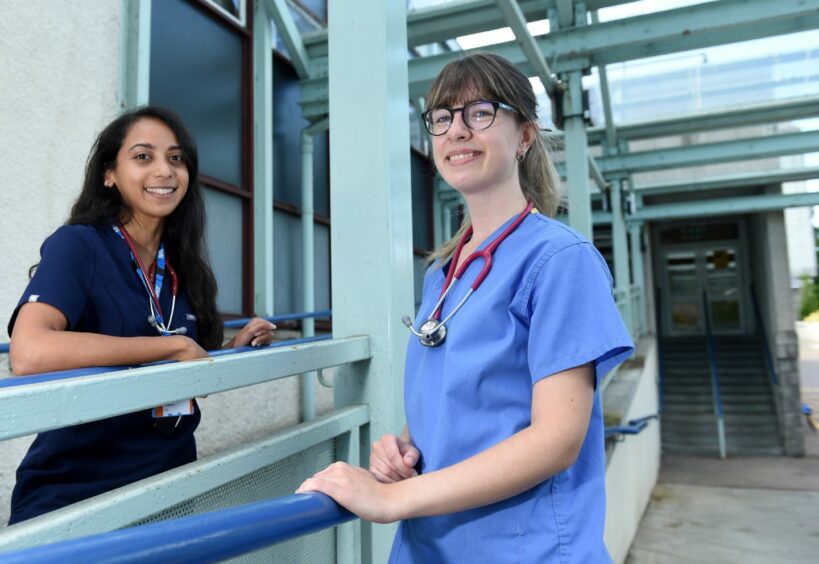
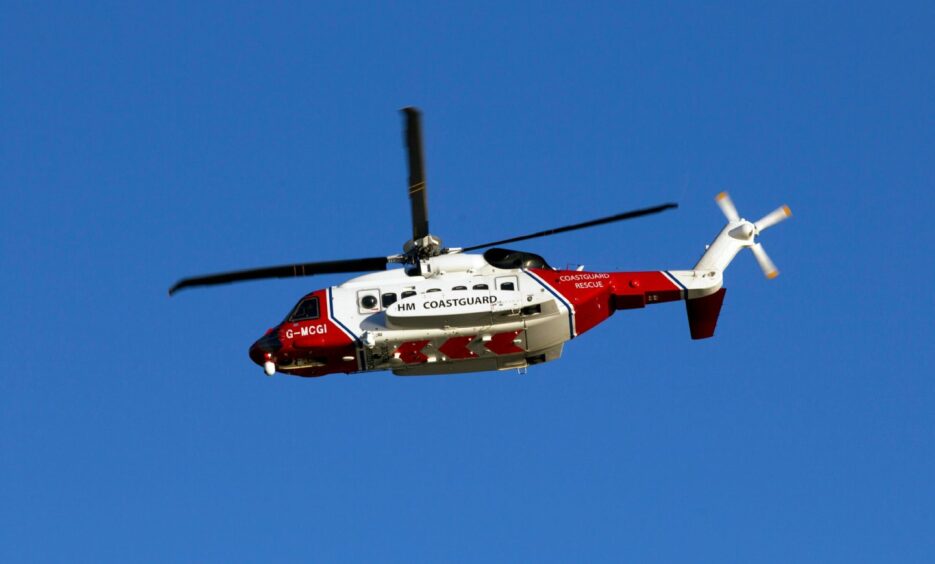
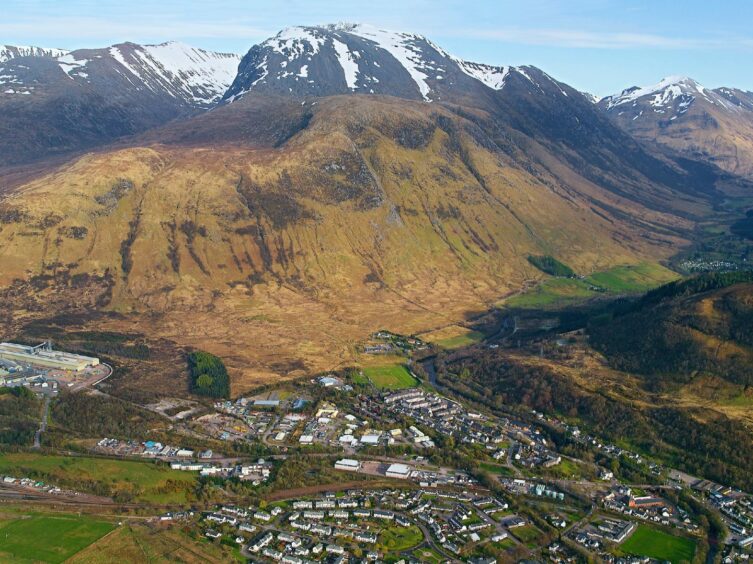
Conversation